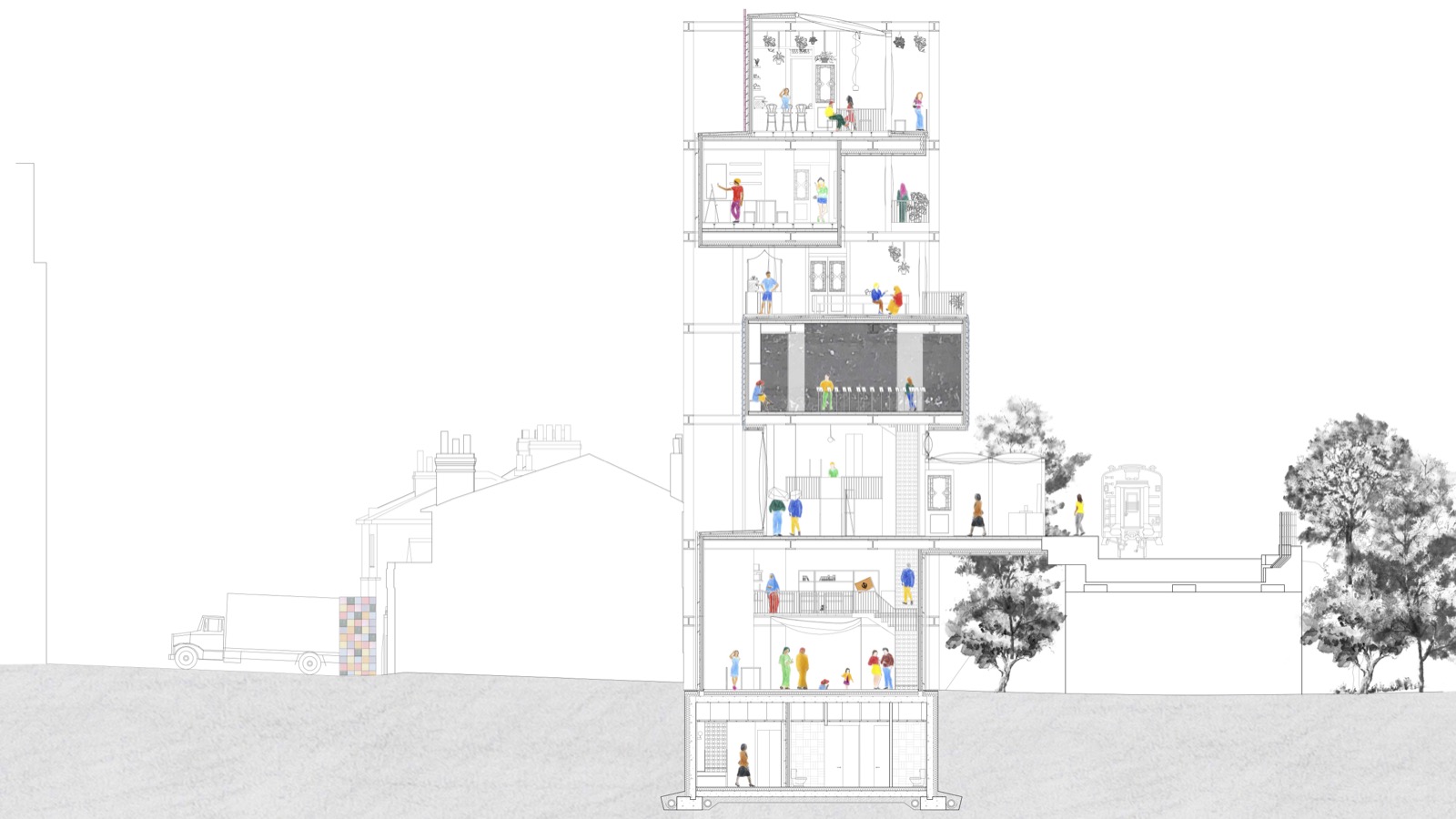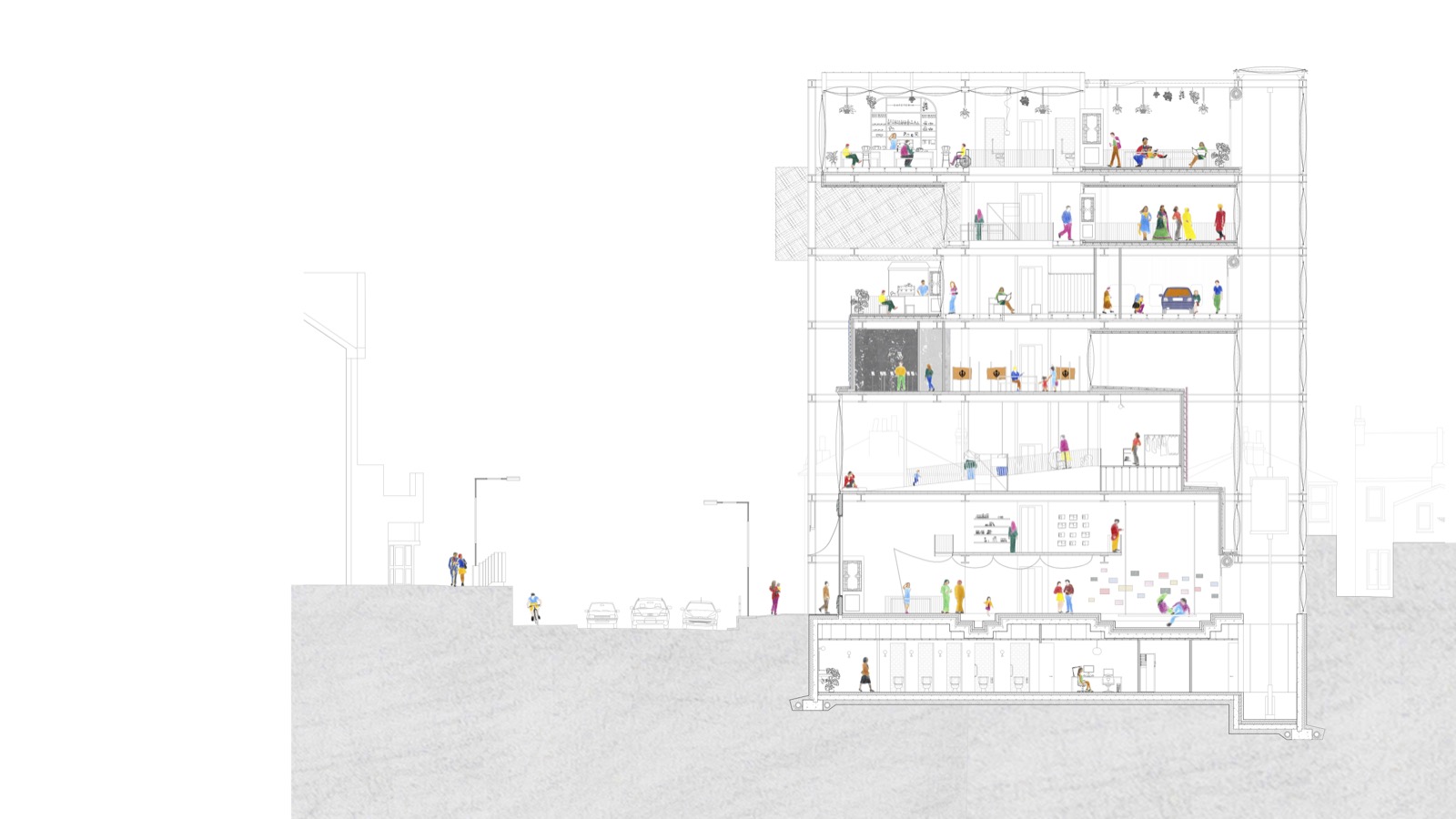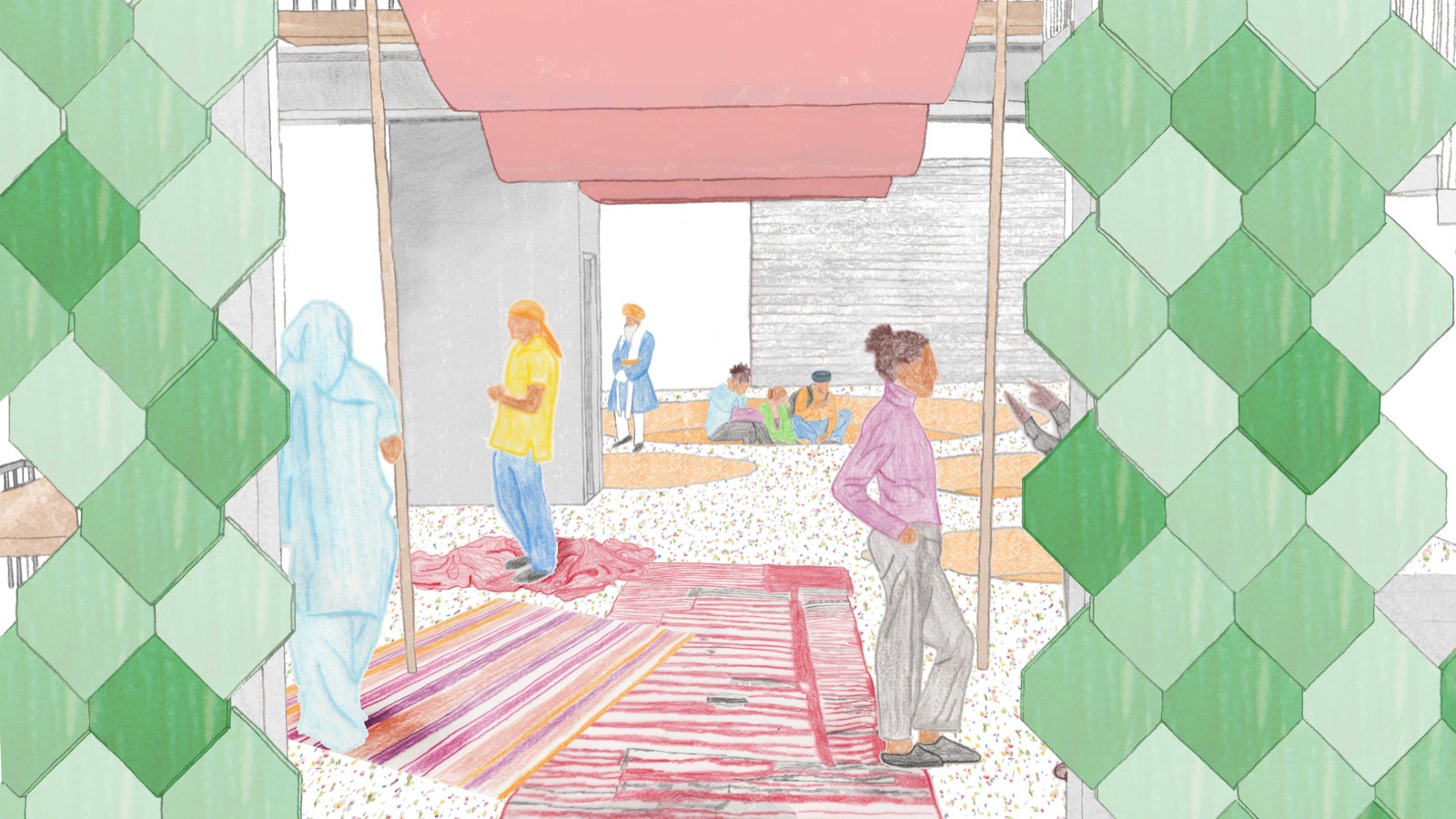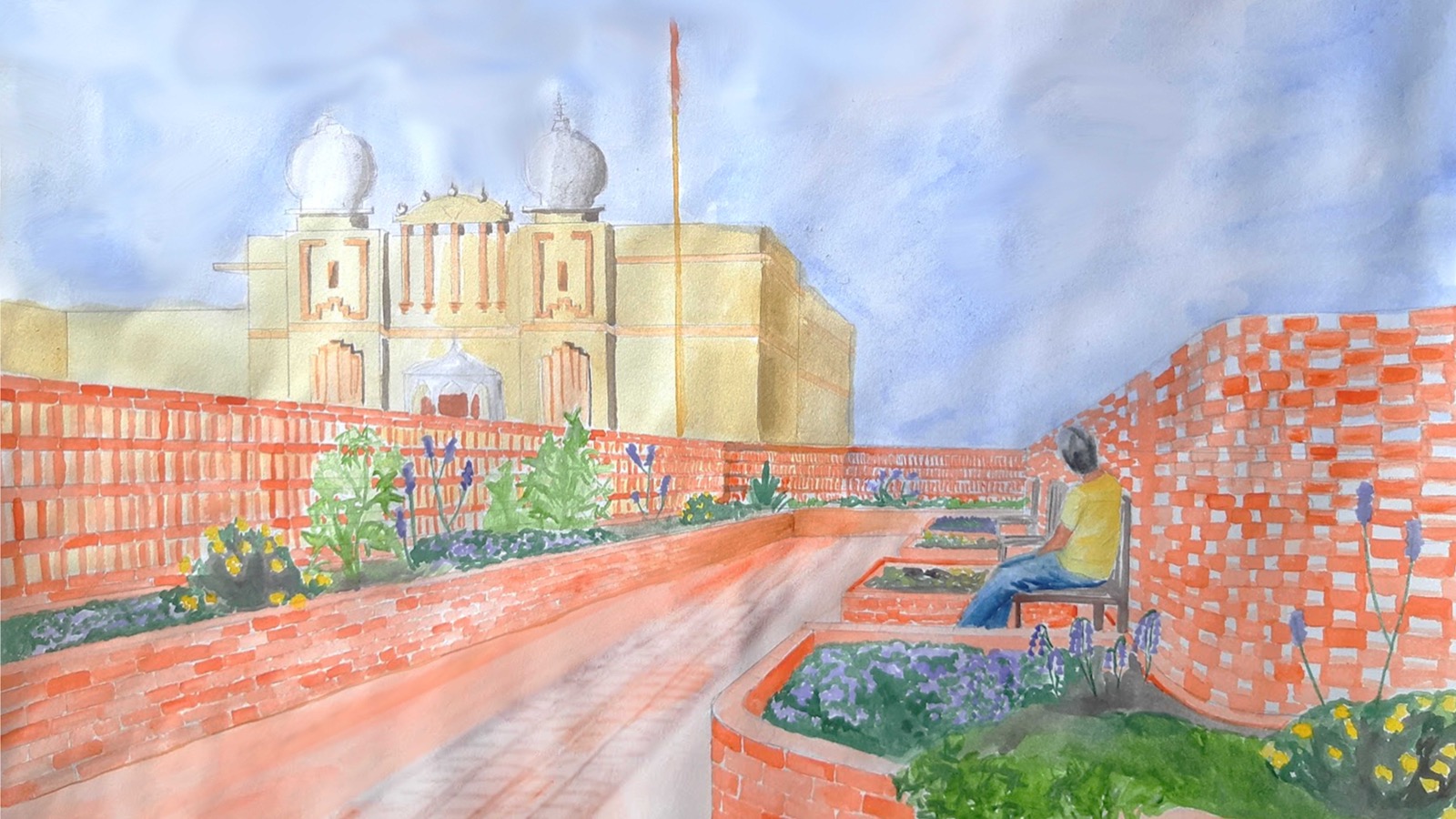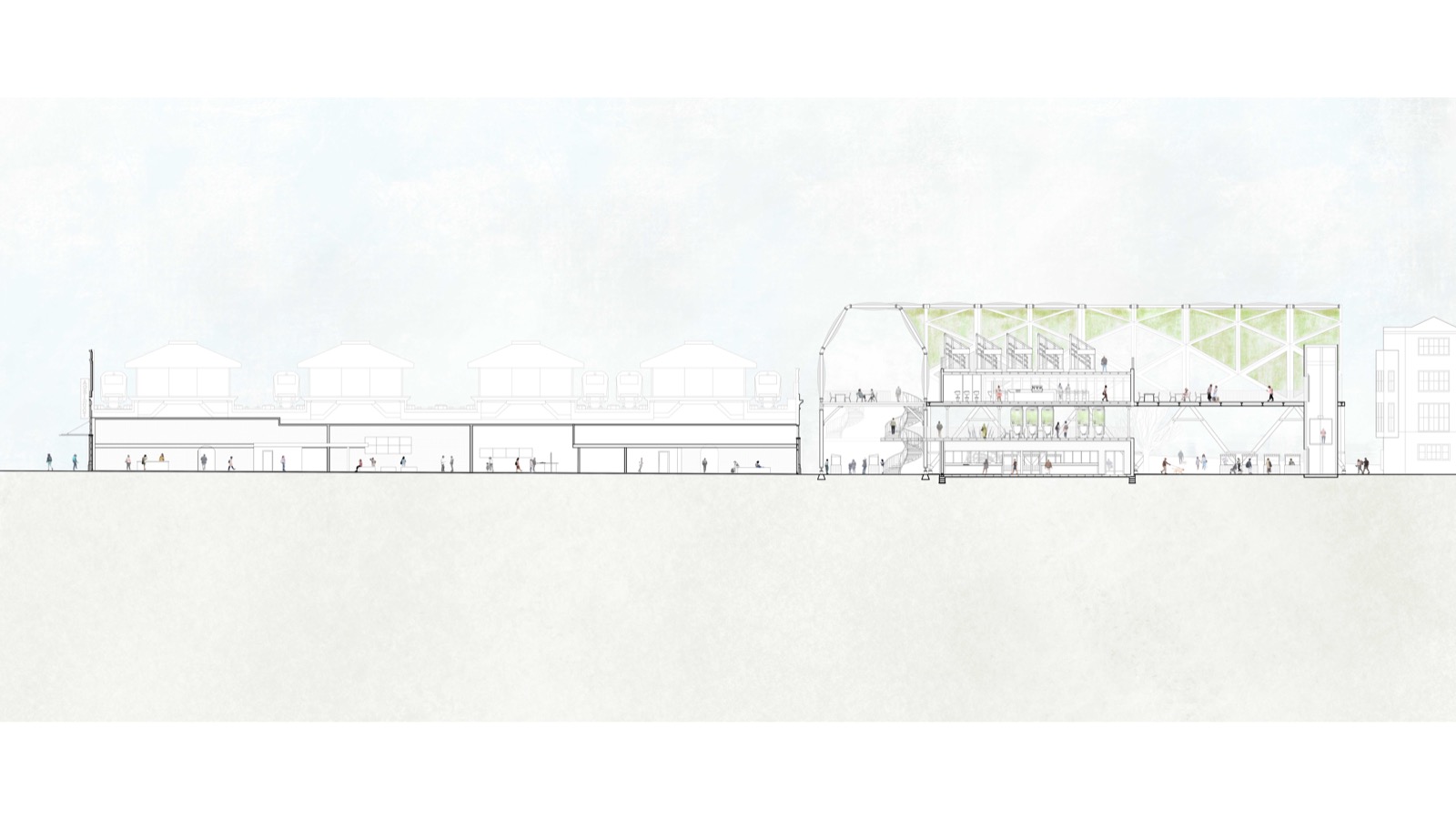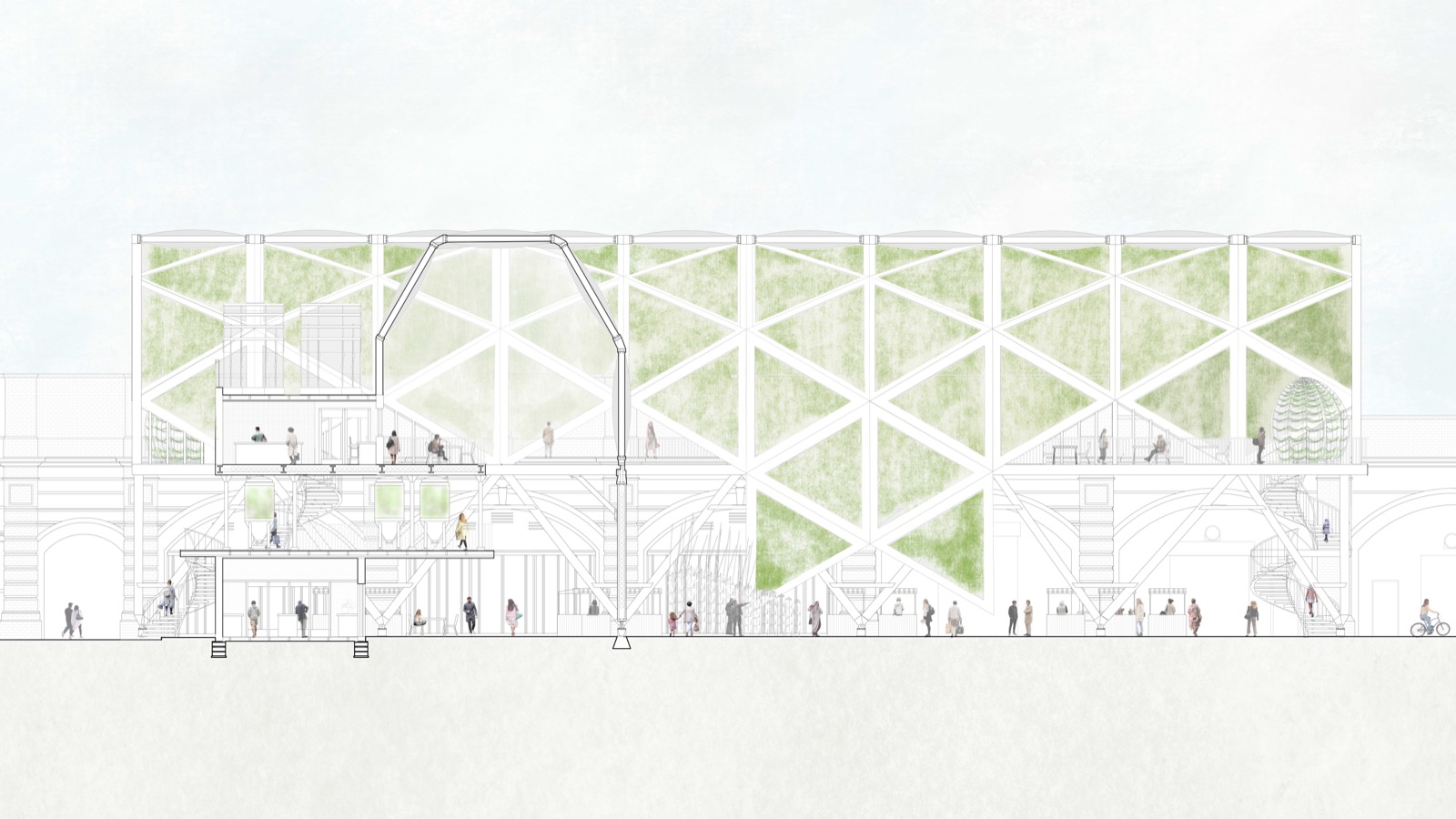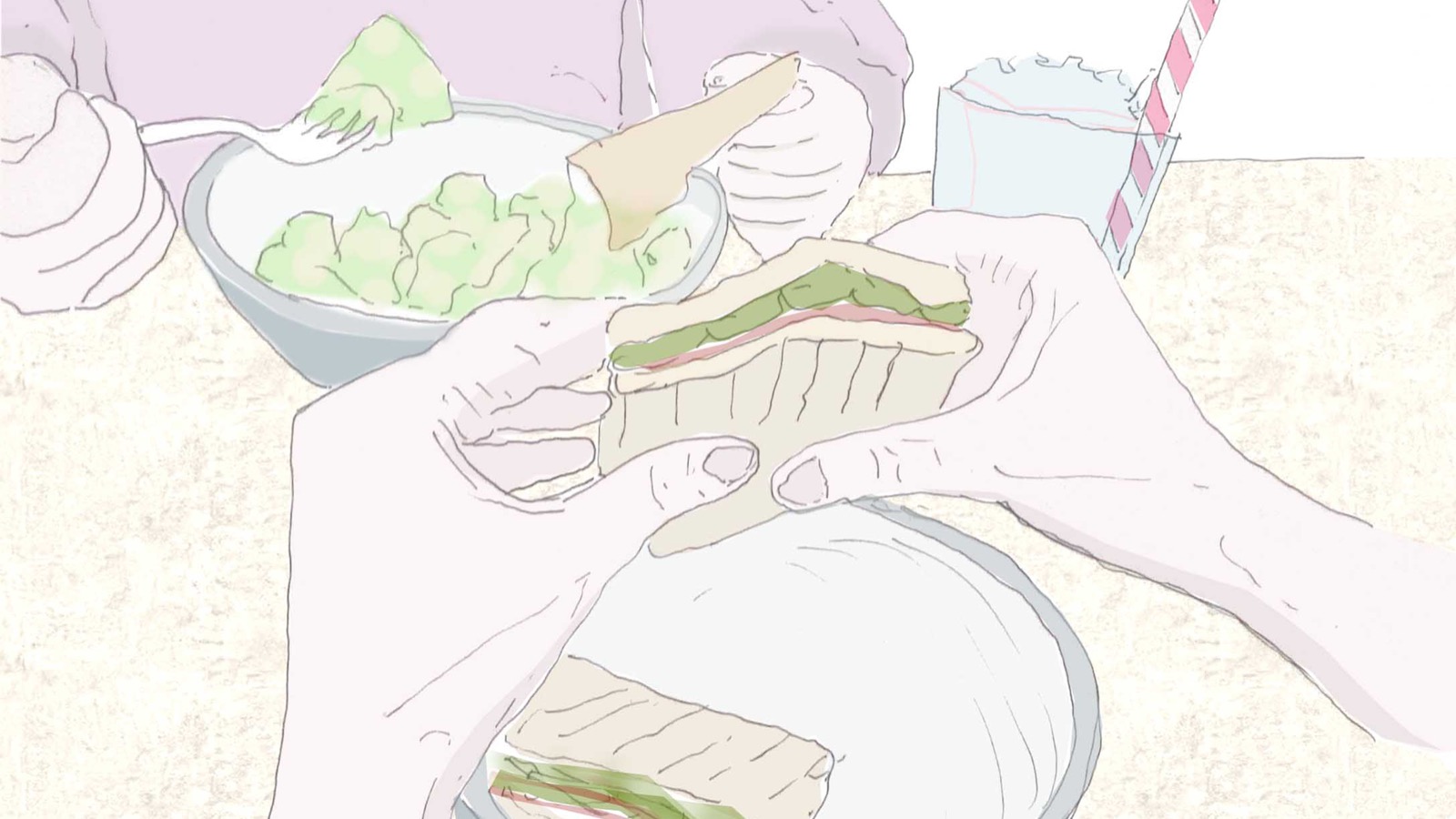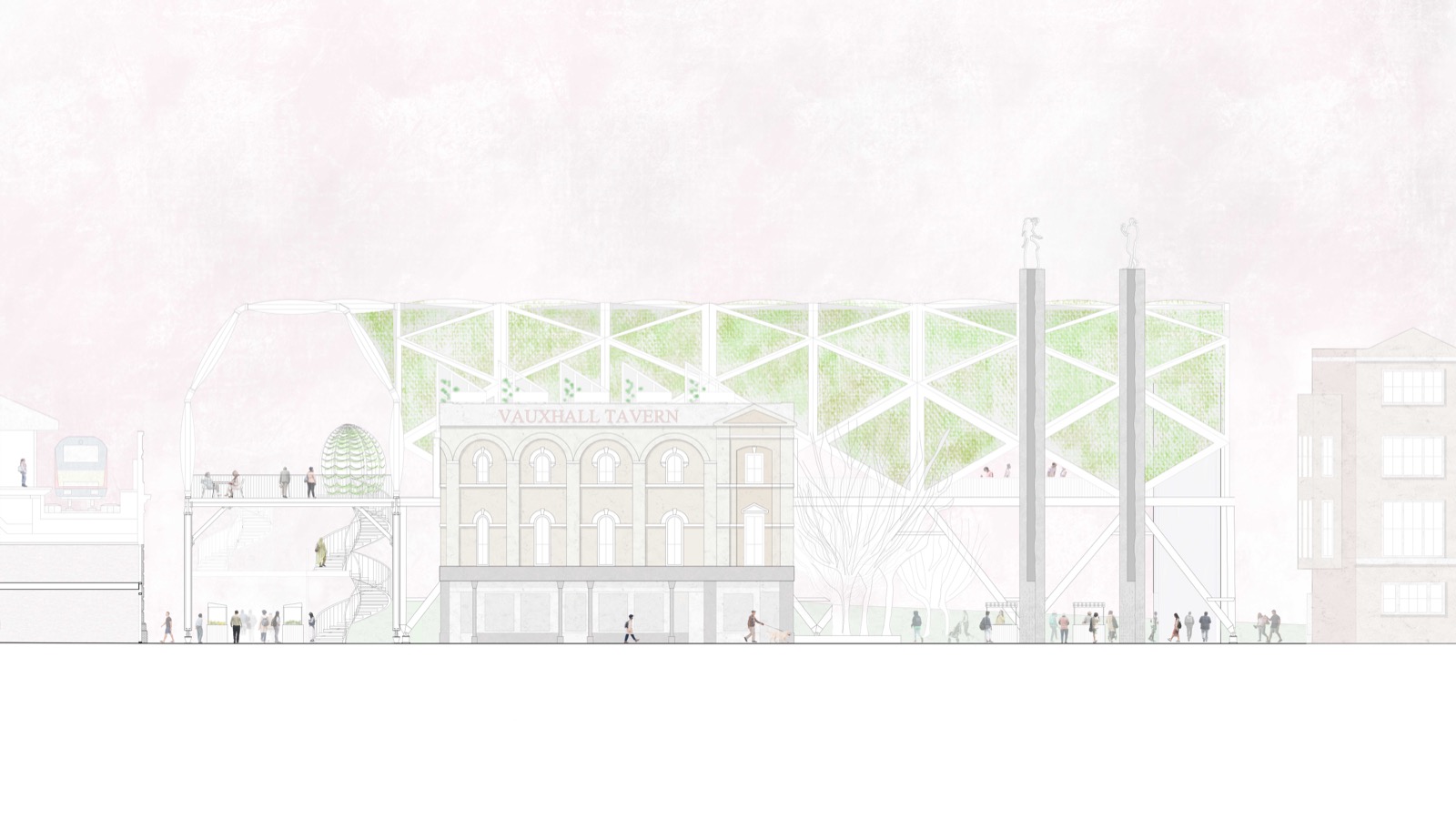Design Studio (Two) Five ARCHIVE
YEAR TWO – DS2.5
Tutors: Camilla Wilkinson & Chris Bryant
Camilla Wilkinson is an architect and lecturer. She has worked in high profile practices in Germany and the UK. Camilla makes research and lectures on the 1914-18 war camouflage system, Dazzle Painting.
Chris Bryant is a founding director of London practice Alma-nac Collaborative Architecture. After graduating from the Bartlett he worked at Arup Associates and taught at Birmingham School of Architecture. Alongside practice and teaching he co-edited Architectural Design: New Modes: Redefining Practice, with his fellow directors at Alma-nac.
Magnet: doubt, delight, change
Our year brief Magnet refers to speculative proposal for a series of highly visible pedestrian infrastructure projects by one of London’s architect ‘thinkers’, Cedric Price. Magnets were designed to reinvigorate sterile urban areas for public use and provoke questions about the politics of space.
DS2.5 typically chooses sites where time and transformation are vivid or polemical. The aim is to inspire students to view their proposals as potential generators of positive change set within the context of current issues. We encourage group and individual (informed) risk-taking and experimentation in order to achieve transformation. In terms of programme we started the year with the aim of addressing the climate change crisis but have broadened the theme to include students’ individual concern in this year of intense change. As a studio we are exploring existing typologies by examining mixtures of programmes, or the effect of certain typologies in varied urban sites. Each semester we try to closely investigate at least one component of architectural thinking.
Semester 1: Free Zoo. A brief to design an interchange and viewing platform or ‘free space’ on the boundary of London Zoo.
Semester 2: Rapid Response Museum. A brief to design a museum that exhibits a collection from a current or recent event.
In place of our Field Trip, we invited practitioners to run workshops and give talks to support the development of the Rapid Response Museum brief. Aditi Anand, Liva Krieslere and Vicky Richardson enriched projects through sharing their extensive knowledge of curation and exhibition design.










